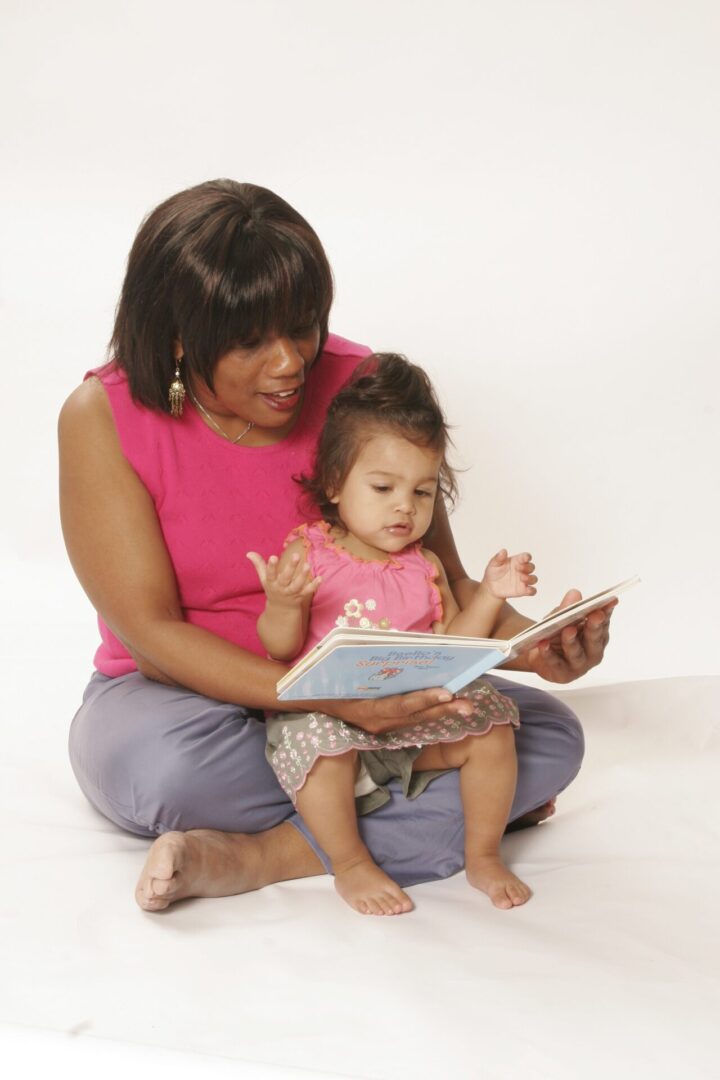
The Power of Sign Language for Adopted Children

Adoption is a profound and beautiful way of creating families, and it comes with its unique set of challenges. Children who are adopted may have experienced trauma or disrupted early attachments, which can impact their ability to communicate effectively. One tool that has proven to be incredibly beneficial in helping these children bridge the gap and build strong connections with their new families is sign language.
In this blog, we will explore the incredible impact sign language can have on adopted children and their adoptive families. We’ll delve into the benefits of introducing sign language, discuss the process of learning and teaching it, and share personal stories that highlight its transformative power.
Bridging the Communication Gap

Adopted children may face communication challenges, often stemming from their early life experiences. Some may have difficulty expressing their needs, thoughts, or emotions verbally. This is where sign language can serve as a valuable bridge. Sign language offers a non-verbal means of communication that is both expressive and easy to learn.
Early Communication and Attachment
One of the primary benefits of using sign language with adopted children is that it allows for early communication. Building a strong parent-child attachment is essential, and sign language provides a way for children to express their needs and feelings before they can speak fluently. This early communication can help foster trust and emotional bonds.
Reducing Frustration and Tantrums
Imagine being unable to express your basic needs. For adopted children who may struggle with verbal communication, this can lead to frustration and even tantrums. Sign language offers an outlet for them to communicate their desires, leading to fewer misunderstandings and a decrease in emotional outbursts.
Enhanced Language Development

Sign language can also enhance language development in adopted children. It not only helps them communicate more effectively but also supports cognitive and linguistic growth. The visual and kinesthetic nature of sign language can make it easier for children to grasp language concepts, which can, in turn, facilitate the transition to spoken language.
Personal Stories: The Impact of Sign Language
Let’s take a look at a couple of personal stories that illustrate the profound impact of sign language on adopted children and their families:
- The Johnsons: Sarah and David Johnson adopted Mia, a toddler who had difficulty communicating. They introduced basic sign language to help Mia express her needs. Within weeks, Mia was signing “more,” “eat,” and “thank you.” This transformed their daily routines, reduced Mia’s frustration, and deepened their connection.
- The Schneiders: As foster parents, two toddlers joined their family with avoidant behaviors, at ages 8 months and 16 months. They lacked eye contact and were slow to receive acceptance from their new caregivers. Through the use of sign language and over a few months’ time, the Schneiders were able to see a remarkable difference in their behavior and attachment. Through consistent animated expressions and signs, they were able to learn and reciprocate the signs they were taught. The toddlers were so proud of themselves when they used a sign and got what they asked for, such as “more crackers.” Erin Schneider shared that signing allowed so many opportunities to praise their efforts, which in turn, resulted in eye contact, confidence, and the ability to communicate their needs with fewer tantrums.
- The Rodriguez Family: Mark and Maria Rodriguez adopted three siblings, each with a unique background. The eldest, Ana, was non-verbal due to early trauma. The Rodriguez family embraced American Sign Language (ASL) as a way to communicate. As a result, Ana not only began expressing herself more effectively but also taught her younger siblings, creating a strong familial bond through shared signs.
How to Get Started with Sign Language
If you’re considering using basic sign language with your adopted child, here’s how to get started:

- Start with basic signs: Begin with essential signs like “eat,” “drink,” “more,” and “all done.” Consistency is key to reinforcement.
- Use visual aids: Books, flashcards, videos and online resources can be helpful in learning and teaching signs.
- Seek support: Connect with local Baby Signs® classes, online communities, or therapists who specialize in communication and adoption.
Sign language can be a powerful tool for adopted children and their families, promoting early communication, strengthening attachment, reducing frustration, and enhancing language development. It’s a beautiful way to build connections and help children on their journey to finding their forever families. As you embark on this journey, remember that patience, love, and a willingness to learn together are the keys to success. Sign language is not just a means of communication; it’s a pathway to understanding, bonding, and nurturing the extraordinary connections that adoption can bring.

http://theattachedfamily.com/membersonly/?p=2972
https://www.adoptivefamilies.com/parenting/sign-language-communicating-with-baby/
